|
|
|
|
|
|
 |
Carry
Lookahead Addition (Trade Area to gain Speed) |
|
|
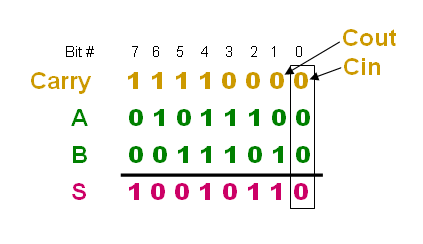 |
In order to
quit the "slow" ripple carry chain will be necessary
to use logic which predict the carry for each stage
instead of waiting for the carry to propagate
through the chain.
Each two bit pairs can either
Generate or Propagate a Carry.
The Carry Generator can be formed with an And gate
(or less ???)
The Carry Propagation will cost a Xor-gate.
By nature will it cost more
and more logic to "foresee" the Carry when moving
toward more significant bits.
|
|
|
|
|
The gate-cost for a N-bit "Look Ahead" carry-chain will
be |

|
|
Hence a 32-bit adder will use 624 gates, but for this
price will the propagation delay be only 4 x Tpgate
Note! however that some gates with up to 32 input. |
|
|
|
|
|
|
|
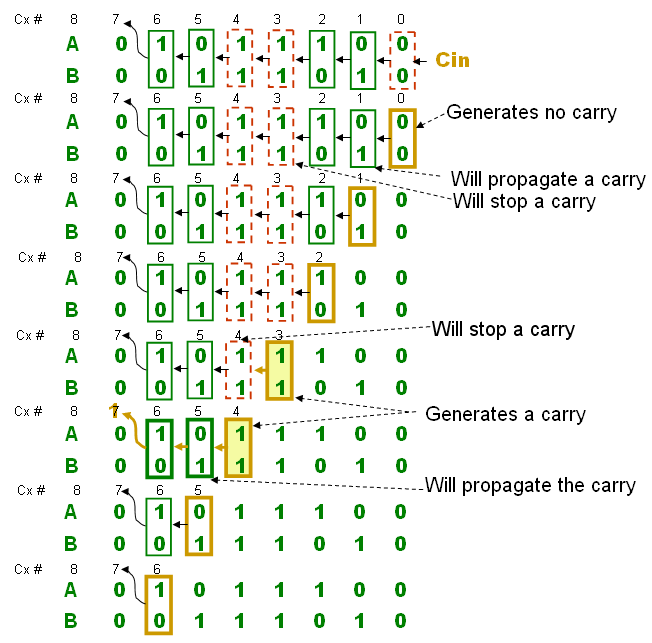 |
|
 |
Extract from the solution below.Please note
generate statements which produces all the Propagate
and Generate components.
|
|
|
|
|
|
|
|
A "Lazy" hardware designer
would properly prefer using the time to figure out
code which could do job automatically.
The process at the left seems
to work ok and generates code for a 8-bit adder.
Its easy to modify to a
32-bit adder as well and in fact I tried as well.
Just to see the hardware cost (should be huge in
FPGA) and try a simulation.
But I learned something
about HDL, synthesise tool and FPGA structures as
well.
|
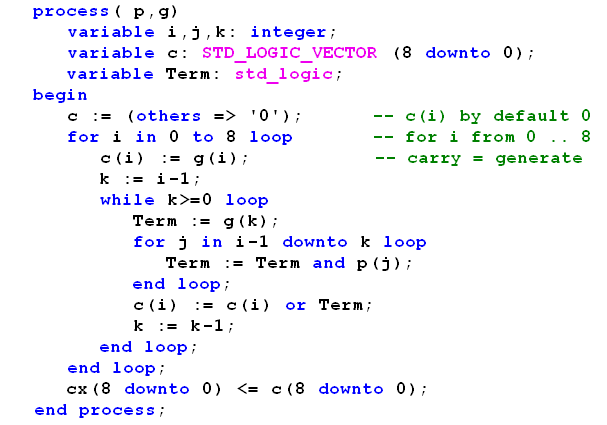 |
|
|
|
This was the Hardware cost for
a 32-bit Ripple Carry Adder.
|
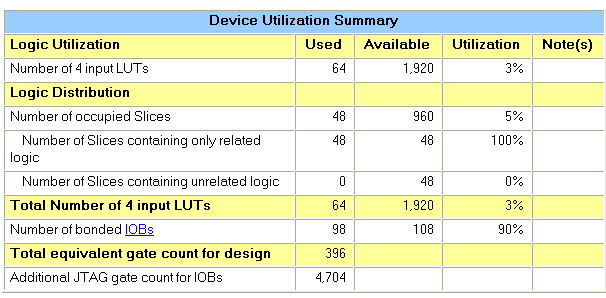 |
|
|
|
This is the Hardware cost for
a 32-bit Carry Lookahead Adder.
Hard to find the difference
and the simulation also shows that no matter how I
try to describe the Hardware Structure will the
synthesise tool recognize an adder but it refuses to
implement it.
Exercise: Try to implement
a 8-bit Carry Lookahead Adder with a Schematic
Diagram.
|
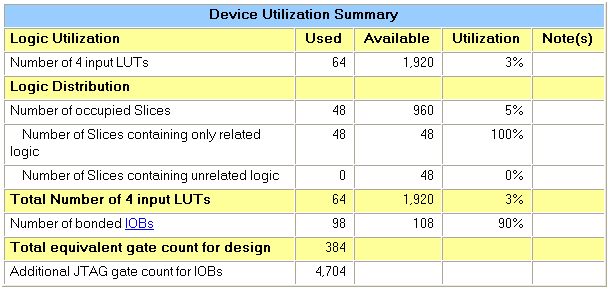 |
|
|
|
|
|
